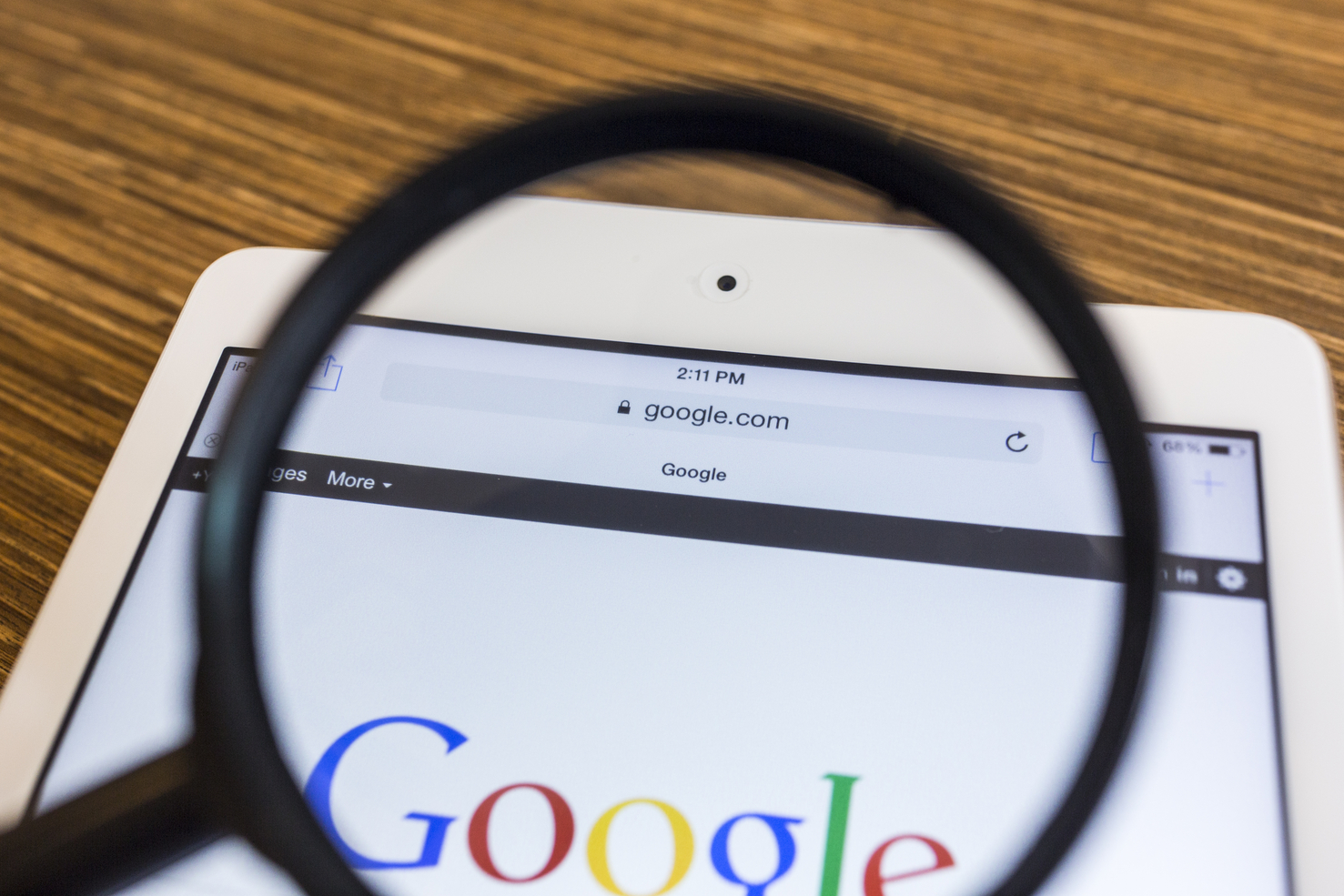What are PPC Campaigns
PPC or Pay-Per-Click Campaigns are a strategy where a company places an ad on a website or search engine and pays each time a potential customer clicks on their ad. This is what you see when searching on Google, they are shown at the top as “Ad” or “Sponsored”, you can also see these ads on social media platforms such as Facebook, Twitter, and Instagram as you are scrolling through your feed. Another way you might see them is as a Google Local Services, which appear for a certain industries such as legal or home services, you can usually spot these because they say “Google Certified” or have a photo of the person they are advertising.
Whenever someone clicks on one of your ads, you have to pay the website (ie. Google/Instagram) a small fee. When PPC is efficiently done, the cost is low because each click is worth much more than what it costs to run the ad. If we spend $8 on a click, but that click results in a $300 sale, then we’ve made an enormous profit.
How much does it cost per click?
Most websites, search engines, or platforms (Facebook/Meta, Google, Bing, etc) are based on an auction-style bidding system where the cost of a click varies based on many factors such as the number of people that are willing to pay for a click. For example, in a very competitive industry such as Personal Injury Law, those companies or firms may willing to pay a lot to come up first for the search term “car accident lawyer near me”, because they understand that those potential clients could bring in a lot of money. However, the cost per click for a niche industry with little competition will be significantly cheaper, ie. “Eco-friendly Wooden knives”.
What’s involved in a PPC Campaign?
There’s a great deal that goes into building a PPC campaign that will deliver results and each platform you will be advertising on has its own strategies and best practices.
These steps are a general overview of what you would need to do for most PPC Campaigns.
Research and Discovery
Who is your target audience, and what will they be searching for. Figure out the type of keywords they are using to search for your product or service. Understand what offer would speak best to them, ie. do they care about price more than quality, or is convenience a big pain point, etc.
Messaging
Based on the information obtained during the Research and Discovery phase, we’ll begin to craft our messaging. This could be the title of the ad that the potential customer sees, a video, or an image that is used to capture their attention. ie. “This week only, first-time customers get 30% OFF”.
· Headlines
Headlines are used on practically all platforms from social media networks, to search engines. This is the main title associated with your ad.
· Landing Pages
Landing pages are web pages built specifically for your PPC campaign. You don’t want to send your potential customers to your main website, you want to create a web page specifically made for the promotion you’re advertising. Make sure the messaging aligns with what you determined in the “Research and Discovery” phase.
· Graphics/Videos
On some platforms, such as social media platforms, your ads can have an image or a video shown. Similar to everything else, make sure they have the right messaging.
Building Your Campaigns
On each platform, you can build your campaigns with a plethora of options. For example, within the Google Ads platform, you can select what days and times your ads run, what keywords you want your ad to show up for, what keywords to exclude your ad from, different audience demographics, etc. Similarly, Facebook/Meta allows you to build your audience, exclusion parameters, and conditions such as showing ads only if a person has been to a particular page on your website.
This is the part of PPC Campaigns that can be difficult and is best left to professionals, however, there are many courses or online resources to learn how to master proper campaign building or structuring.
Analytics and Optimization
Before your ad campaigns go live, you’ll want to make sure that you are properly capturing all the data related to people clicking your ad. You’ll want to know how many people made it to your website/landing page, how many took an action such as filling out a form or placing an order etc. This is typically done through Google Analytics, but your web developer should be able to help you out with installing the right scripts on your website.
Once your campaign is live, you’ll begin to see traffic hitting your landing page. It’s important to combine the analytics you have from your website/landing page as well as the analytics that are provided from the platform you are advertising with. For example, both Google and Meta/Facebook will tell you how many people viewed your ad, how many clicked on it, and obviously the cost associated with them.
Using all of the data, accompanied by the sales, you’ll need to start adjusting the campaign settings to optimize your budget. This topic requires its own article, but as an example, let’s say you are noticing that 75% of your ad budget is spent in the morning, but you don’t have any sales during that time period. Yet, in the afternoon only 20% of your budget is spent, but it yielded 100% of the sales. At this point, one of the options you should consider taking is lowering your budget in the mornings and putting most of it in the afternoon which should yield a better ROI. Again, this topic is too broad to cover in one article and is another reason why PPC campaigns should be handled by professionals or it could be a costly endeavor.




